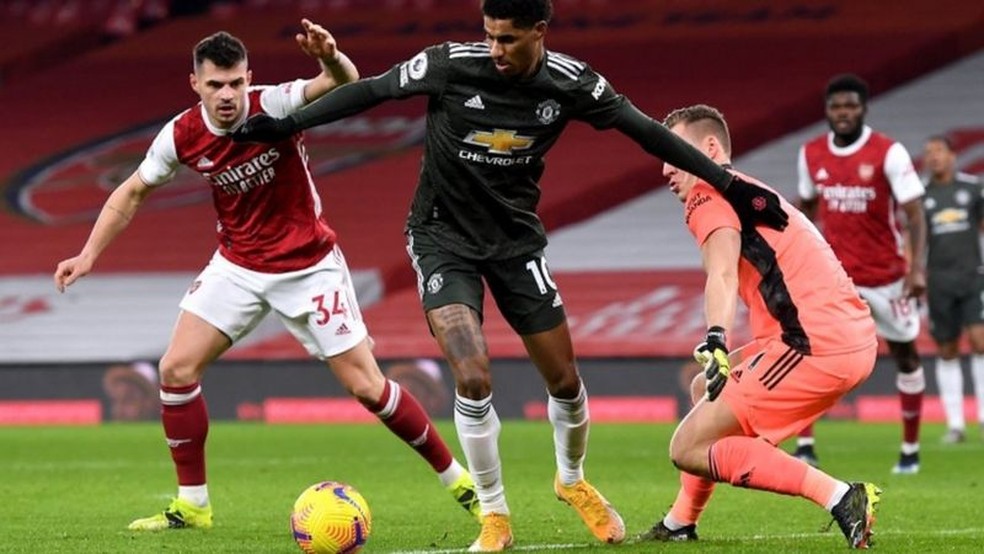No products in the cart.

The Dow Jones Index closed up 0.76%, the S&P 500 rose 1.61% and the Nasdaq advanced 2.55%.
New York stock indexes closed sharply higher, regaining ground after closing last Friday (29), the worst week since October.
After adjustments:
Dow Jones closed at a high of 0.76%, to 30,211.91 points.
S&P 500 rose 1.61% to 3,773.86 points.
Nasdaq advanced 2.55% to 13,403.39 points.
None of the three indices have renewed records, but the S&P 500, which had fallen to negative territory in the year, now accumulates gains of 0.47% in 2021, while the Nasdaq rises 4.00% in the period and the Dow Jones still drops 1.29%.
The shares of the American technology giants helped to pull the gains of the American indices, with the share of Amazon closing at a high of 4.21% and that of Alphabet advancing 3.65% on the eve of the disclosure of the balance sheets of the companies. In addition to these, Tesla’s stock jumped and closed up 5.89%, while Microsoft rose 3.29% and Apple’s rose 1.62%.
Technology stocks closed up 2.51% on the S&P 500, second only to discretionary consumer stocks, which led gains today and closed up 2.77% up on the broad New York index.
On the other hand, nervousness about the speculative volatility generated by the surge in some stocks that had heavy “short” positions (betting on their devaluation) seem to start to dissipate today, paving the way for the recovery of Wall Street indexes.
GameStop’s stock, which came under the spotlight last week, closed down 30.77%, while AMC Entertainment’s stock rose just 0.45%.
“The combination of the peak changes in money supply rates [M1 / M2] and aggressive ‘short squeezes’ led to significant deleveraging by hedge funds. The markets corrected between 3 and 5%, with many of our favorite strategies taking a much-needed and expected coup, “said Morgan Stanley chief stock strategist Michael Wilson.
“The current market has raised comparisons with the technology bubble [of the 2000s] and, in some metrics, especially in relation to sentiment and positioning, we agree that there are signs of concern,” he said.
The strategist says the current market has raised comparisons with the technology bubble of the 2000s, but says he does not agree that the current market is in a bubble, despite some worrying signs.
“The fundamental scenario looks much better, as we are coming out of a recession, instead of entering the end of an economic cycle, the consumer balance sheet has much more capacity to spend and valuations adjusted to risk-free rates are much more reasonable. . “
What’s your reaction?
Love0
Sad0
Happy0
Sleepy0
Angry0
Dead0
Wink0









